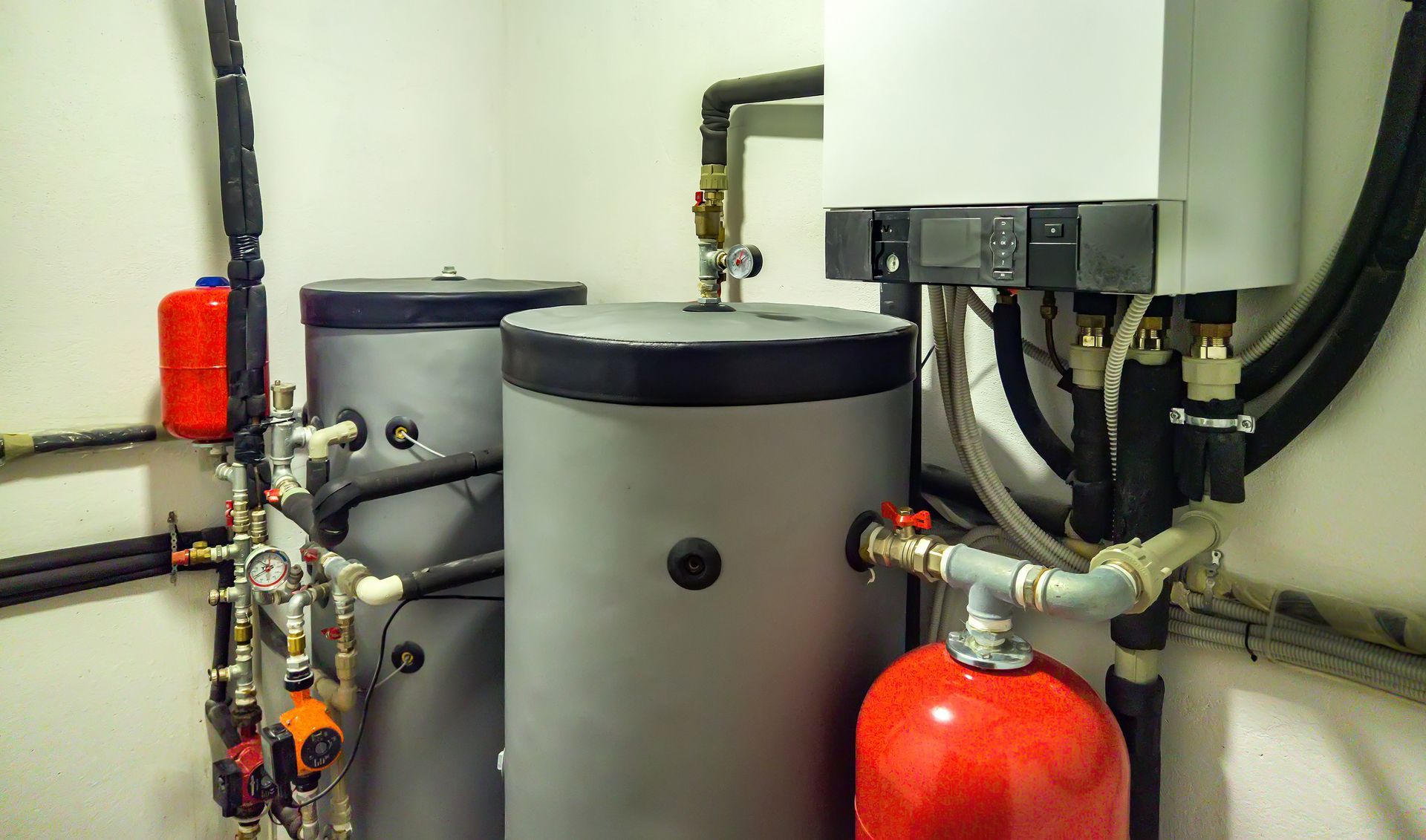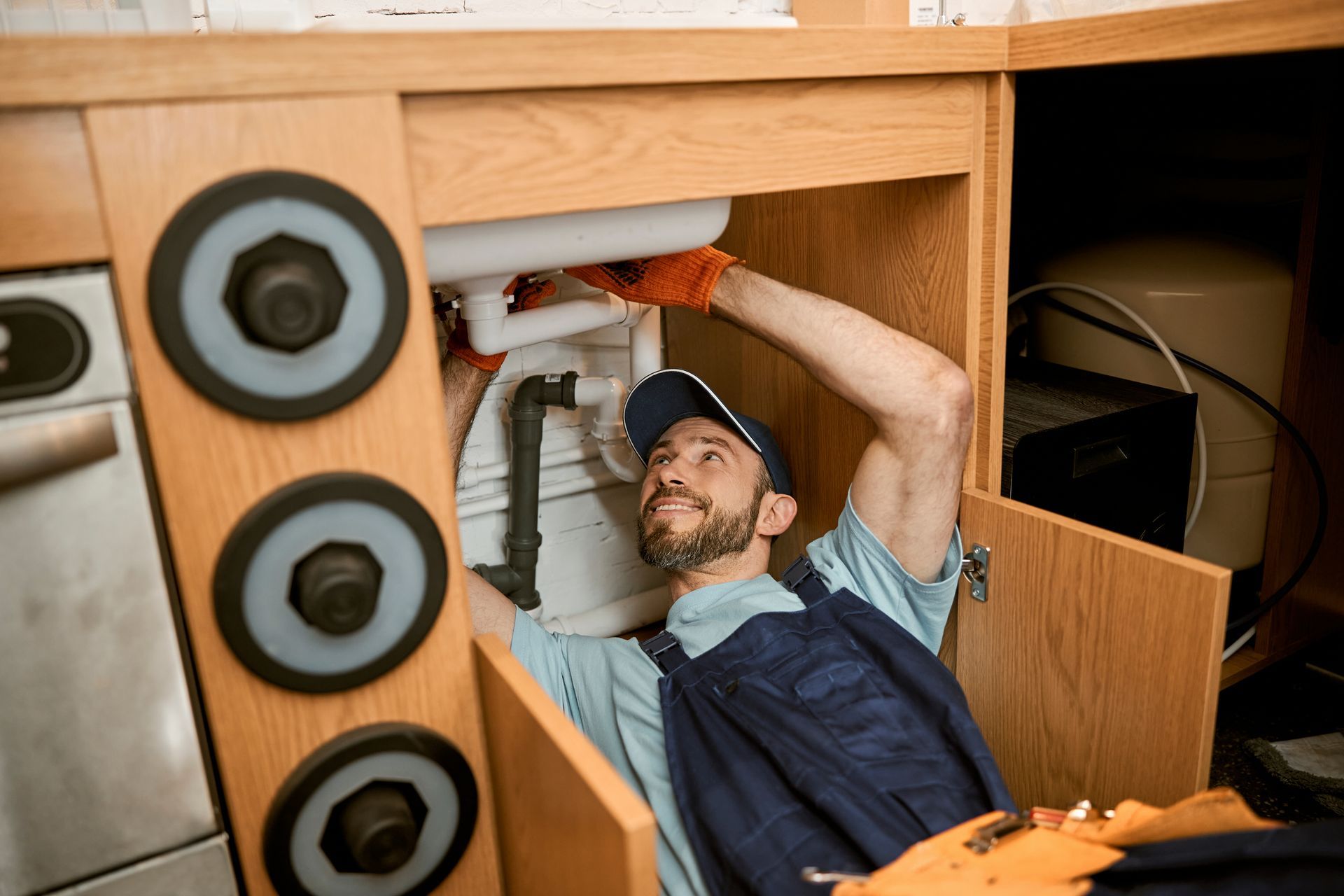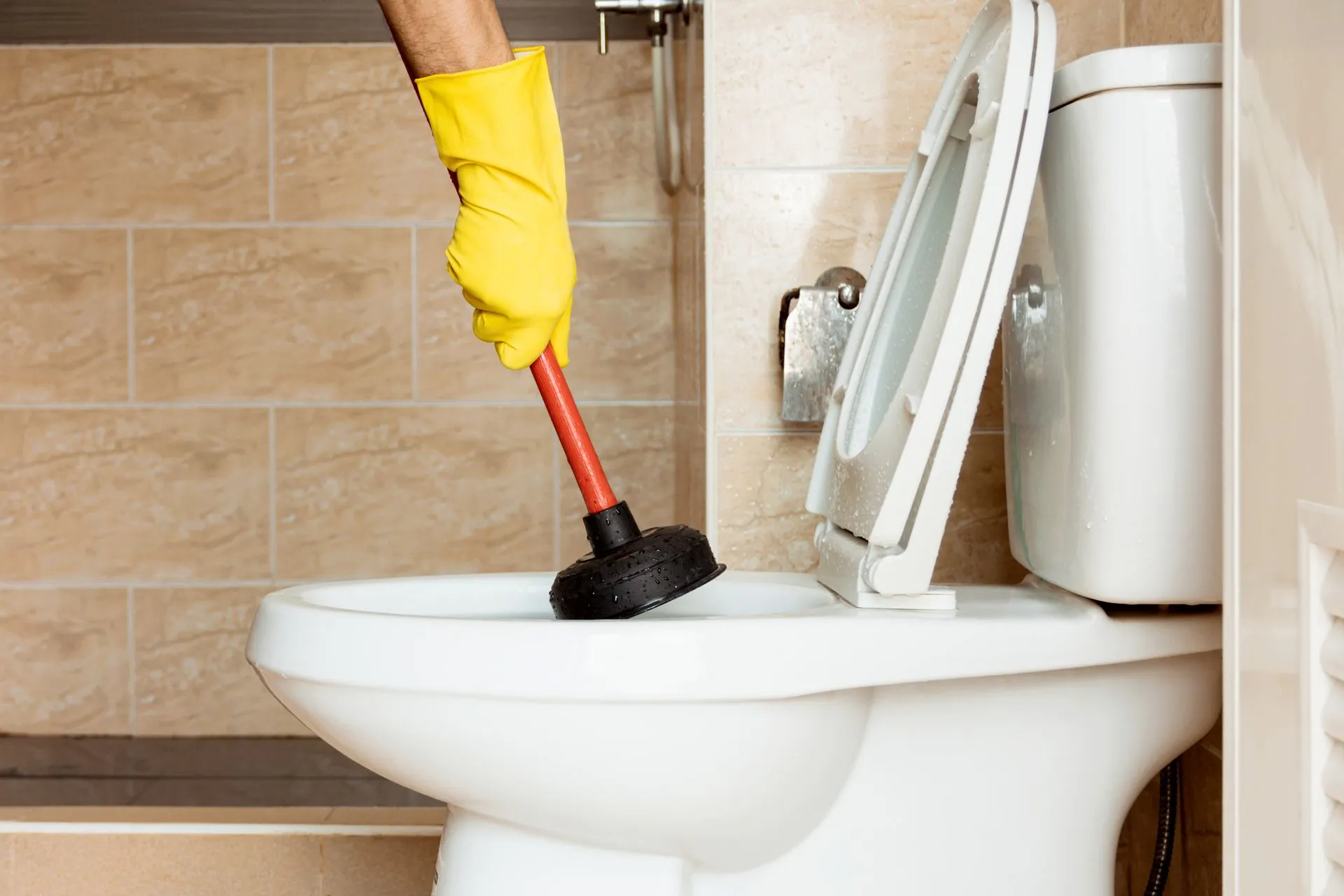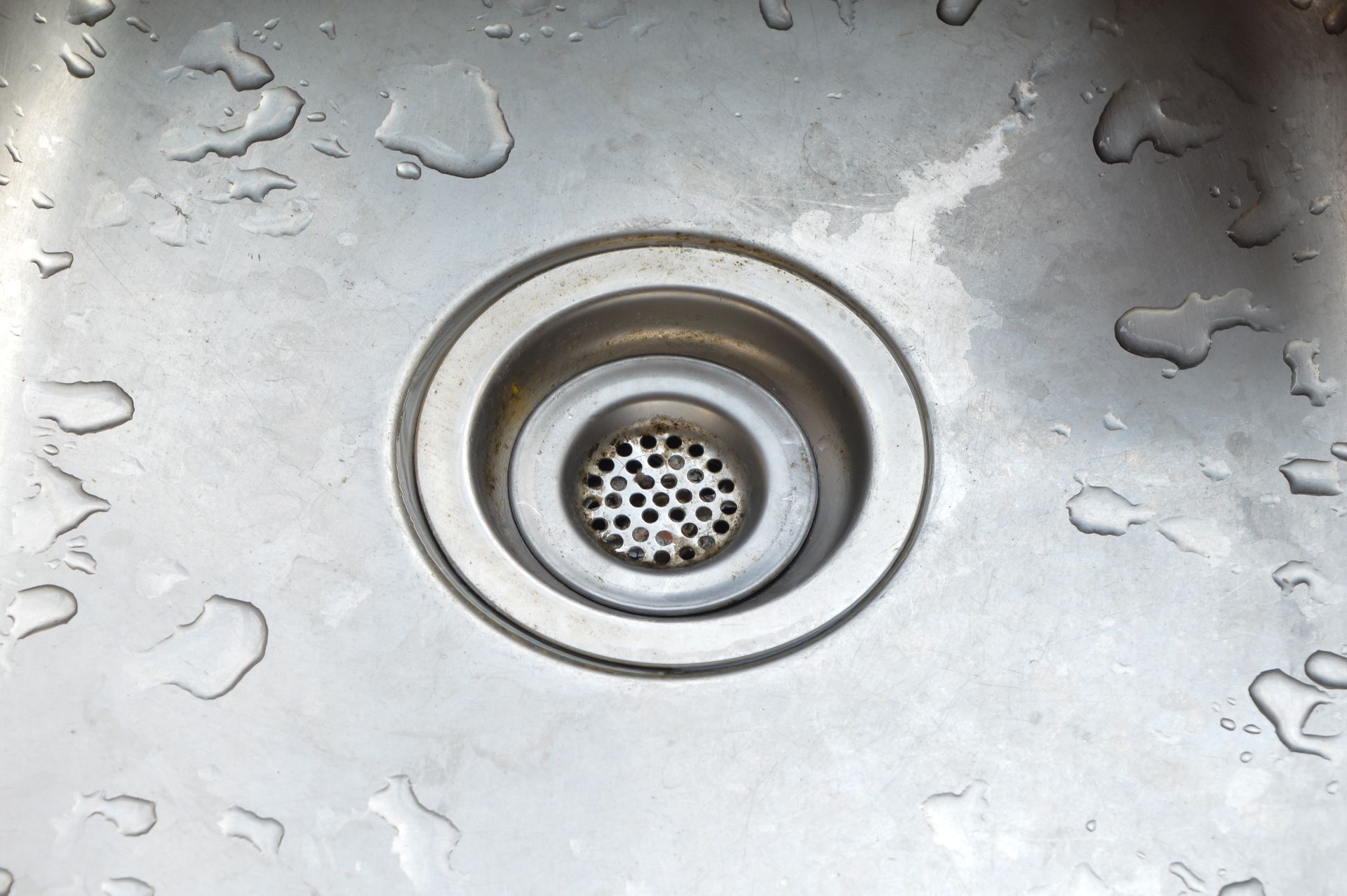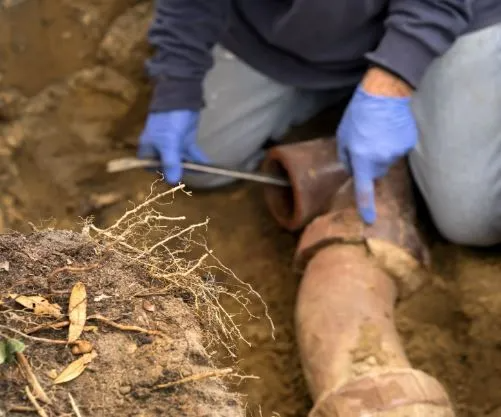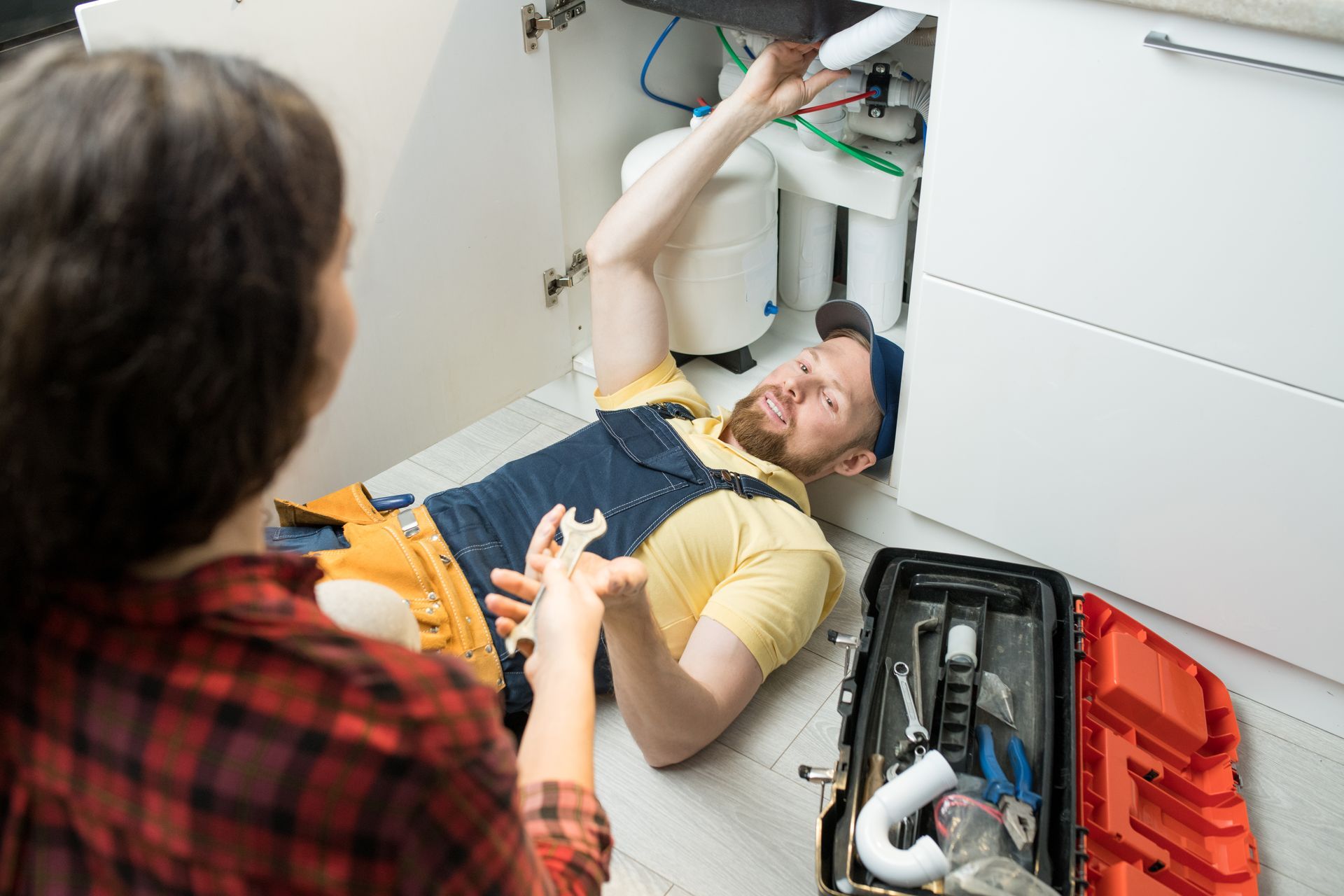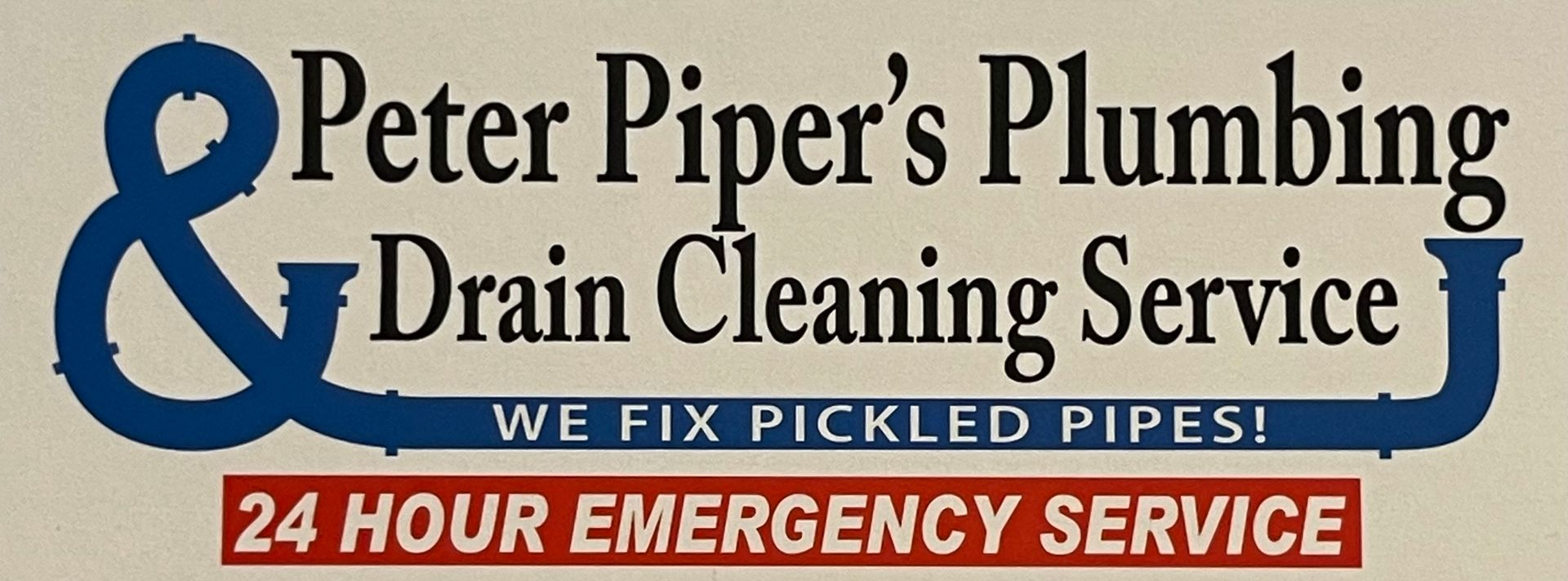A properly functioning drainage system is crucial in any building, be it a home, a school, or an office building. An efficient drainage system is vital not only for the comfort of building users but also for proper sanitation and hygiene. If you suspect a clogged drain, be sure to address the issue early before it becomes grievous. Below are some ways to tell if you have a clogged drain.
Does Water Drain Slowly?
If you notice that your sink is draining much slower than usual, the problem could be a clog. When materials solidify along the pipes, they decrease the diameter and cause obstructions. Because the diameter of the pipe is reduced, the water drains at a significantly reduced rate.
You can use a few home remedies, such as a plunger, to try and flush the clogged materials down the drain before it becomes completely blocked and requires a more involved solution.
Does Water Fail to Drain Completely?
When the pipes become severely or completely blocked, the water may fail to drain completely. Blockage builds up over time before it becomes apparent. Severely blocked drains will lead to water stagnating in your sink or shower basin, which is not only gross but also very unhygienic.
You may not have a straightforward affair to remedy a wholly blocked pipe; hence, you may require a plumber's expert services.
Do Your Sinks and Drains Emanate a Foul Smell?
Most of the materials we wash down the drains are biodegradable matter, including food remains and soap. When this matter accumulates over time, it clogs the pipes. Another sure sign of a clogged drain is a foul smell emanating from kitchen and bathroom sinks and shower drains.
The foul smell usually results from the biodegradable matter attaching to the pipes and starting to decompose over time. When these materials begin to decay within the pipes, you may notice that the drains give off a foul smell even after a thorough cleaning.
Are the Outside Drains Overflowing?
You may also notice that the area surrounding the outside drains is swampy, and the drain is overflowing; this is another sign of clogging. The outdoor drains can clog when the internal pipes are severely blocked, causing a ripple effect.
However, external materials such as plastic waste, large stones, tree branches, and leaves may also obstruct the outside pipes. A broken drain cover or one that is very porous allows for dirt to get into the pipes and impede water flow.
Have you Noticed Raised Water Levels When Flushing?
When you flush the toilet and notice that the water in the bowl rises above the normal level, this is another sign of clogged drains. Clogged toilet drains can result from flushing large amounts of toilet paper or other un-flushable materials, such as wet wipes, down the toilet.
Again, this reduces the pipe's internal diameter and increases the pressure of the flushing system, causing the water to rise above normal levels before flushing away. Address the issue before it becomes severe, as it may lead to the toilet overflowing.
When you notice some of the problems highlighted above, you should take immediate action to prevent things from worsening. You can try home remedies to unclog your drain, such as using a plunger or pouring hot water down the drain when the issue is still mild.
However, some of these problems can be emergency plumbing issues and require expert services to solve. Contact us today for expert advice if you notice one or more of the above symptoms with your drain so that we can address the problem before it worsens.
